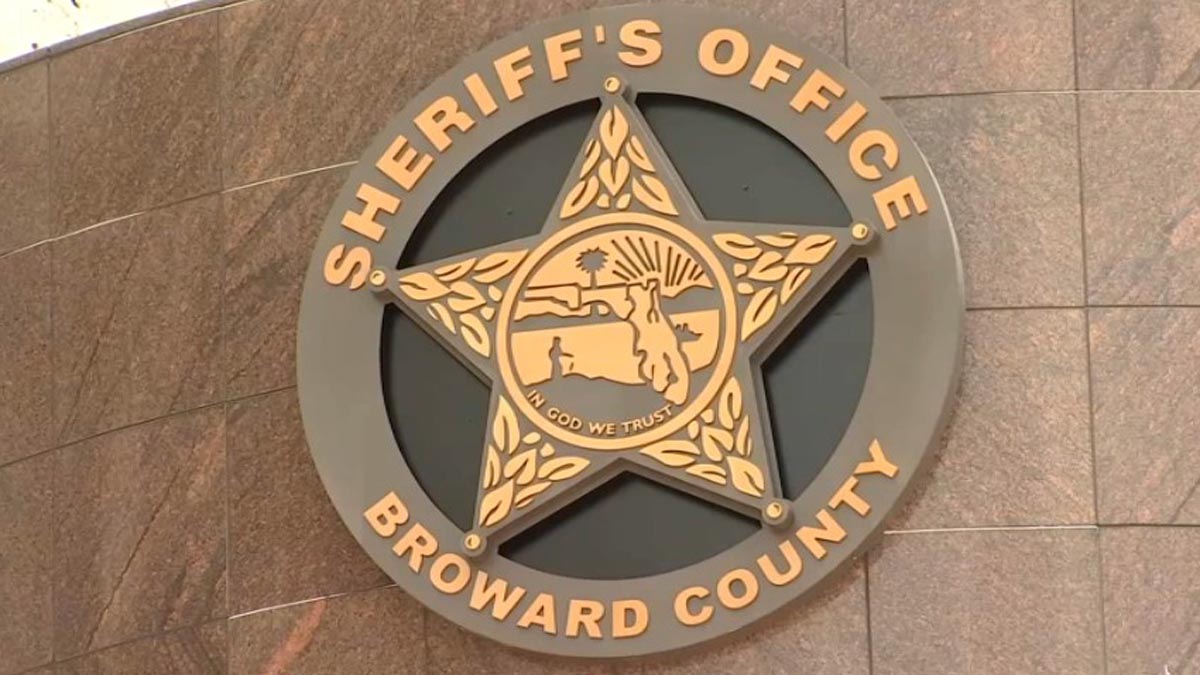The threat and consequences of suffering a stroke are undeniable. During May, National Stroke Awareness Month, the South Florida American Heart Association wants to spread understanding to enhance prevention.
AHA South Florida is hosting a campaign by using a hashtag – #CheckItSFL – to encourage people to check their blood pressure and to understand the corresponding numbers.
The organization hopes the campaign improves understanding of the risk factors of high blood pressure and strokes.
Strokes occur when blood flow is cut off to an area of the brain, which deprives brain cells of oxygen. The location and duration of a stroke will determine the severity. As more brain cells die in an area of the brain due to oxygen loss, the more damaging the stroke's impact.
"Keeping you physically and mentally healthy as you age can help reduce your risk of stroke, heart disease, memory loss and difficulty with thinking and learning," the AHA said in a statement. "The actions you take affect your brain health. It is never too late to improve it."
Someone in the United States has a stroke – the fifth-leading cause of death in the country – every 40 seconds, according to the AHA. Three out of five people in the U.S. will develop a brain disease in their lifetime.
"Stroke and early mental decline in mid-life have been linked to unhealthy lifestyles," the AHA said, adding that "80% of brain disease has a link to cardiovascular disease."
Local
About 80% of strokes can be prevented, according to the AHA.
To reduce the risk of suffering a stroke or developing brain disease, the AHA recommends getting enough sleep (8 hours for adults, more for children/teens); increasing fruit and vegetable intake while reducing sodium, added sugar and unhealthy fats; exercising 150 minutes each week; and undergoing regular checkups with a doctor.
"Don't smoke – if you smoke, stop," AHA added.
Symptoms of a Stroke
The AHA encourages learning the abbreviation F.A.S.T. to spot signs of a stroke.
F: Face Drooping – If one side of the face appears to droop or is numb, ask that person to smile. A sign of a stroke would be if the smile is uneven or lopsided.
A: Arm Weakness – If one arm is weaker or feels numb, ask the person to raise both arms. A sign of a stroke would be if one arm drifts downward.
S: Speech – If a person's speech is slurred or difficult to understand, ask that person to repeat a simple sentence. A sign of a stroke would be difficulty to repeat the sentence.
T: Time to Call 911 – Call emergency services or get the person who showed symtoms to a hospital right away.
Other symptoms of a stroke include sudden numbness in the face, arm or legs, particularly on one side of the body; confusion along with trouble speaking or understanding; trouble seeing in one or both eyes; difficulty walking accompanied with diziness, loss of balance or coordination; and an extreme headache with no known cause.
Understanding Blood Pressure Readings
The AHA has five categories for blood pressure, medically known as hypertension: normal; elevated; high blood pressure/hypertension stage 1; high blood pressure/hypertension stage 2; and hypertensive crisis.
Blood pressure, which must be confirmed with a medical professional, is recorded with two numbers: systolic blood pressure, which indicates how much pressure your blood is exerting against your artery walls during heartbeats, and diastolic blood pressure, which indicates how much pressure your blood exerts against your artery walls while the heart rests between beats.
Systolic and diastolic blood pressures are measured in millimeters of mercury, or mm Hg.
In the five categories, normal blood pressure is recorded as less than 120 mm Hg systolic and less than 80 mm Hg diastolic; elevated is within the range of 120 mm Hg and 129 mm Hg systolic and less than 80 mm Hg for diastolic.
High blood pressure/hypertension stage 1 is recorded as between 130 mm Hg and 139 mm Hg systolic or between 80 mm Hg and 89 mm Hg diastolic.
High blood pressure/hypertension stage 2 is recorded as between 140 mm Hg systolic or higher or 90 mm Hg diastolic or higher.
Hypertensive crisis occurs at 180 mm Hg or systolic higher and/or 120 mm Hg diastolic or higher. If experiencing a hypertensive crisis, the AHA urges immediate medical attention.
"Typically, more attention is given to systolic blood pressure (the first number) as a major risk factor for cardiovascular disease for people over 50. In most people, systolic blood pressure rises steadily with age due to the increasing stiffness of large arteries, long-term buildup of plaque and an increased incidence of cardiac and vascular disease," the AHA said in a statement. "However, either an elevated systolic or an elevated diastolic blood pressure reading may be used to make a diagnosis of high blood pressure."



